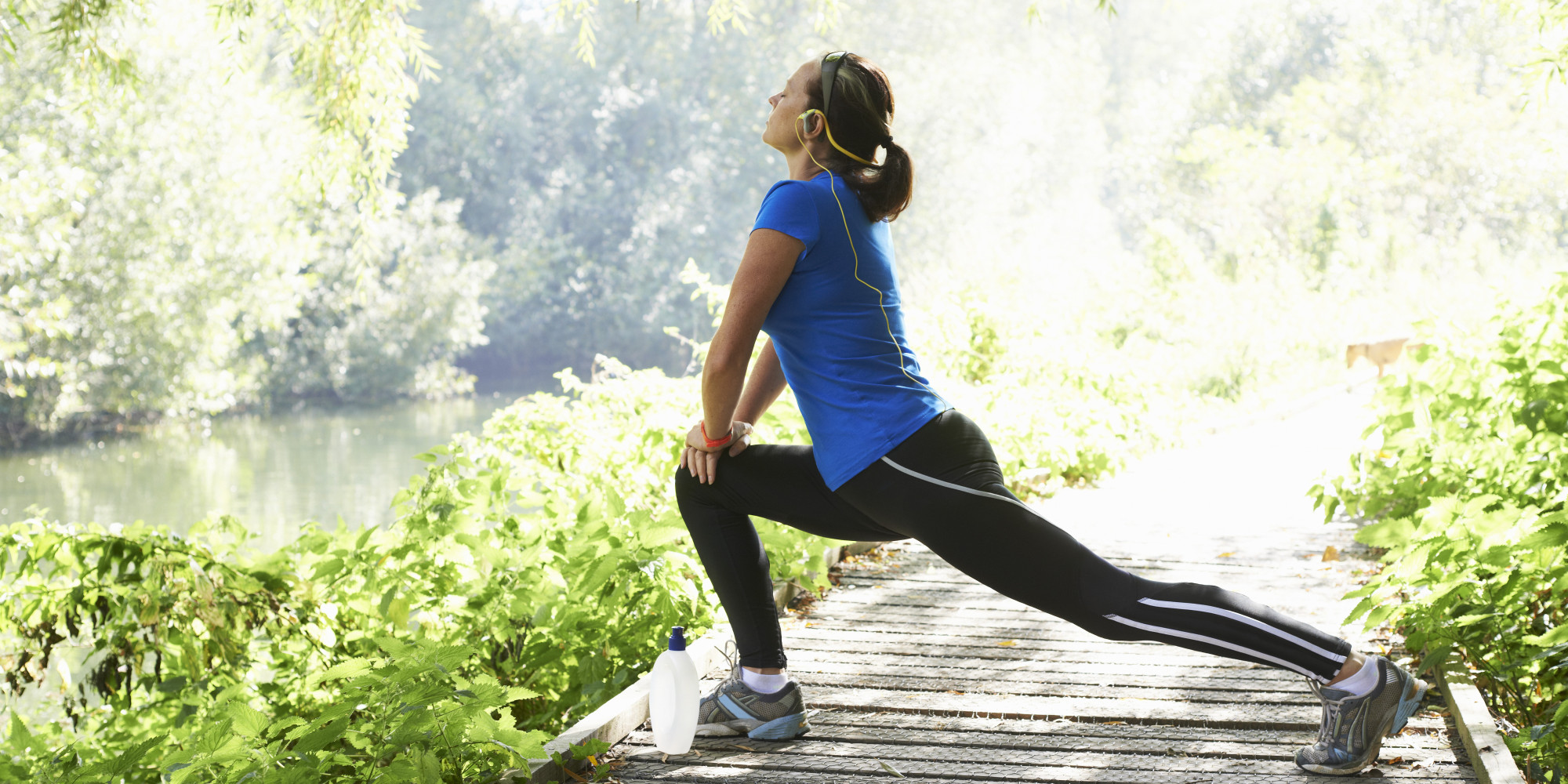
It is really important to stretch regularly to help develop flexibility and maintain muscles at their optimum length which can help prevent injury and muscle pain. For example a tight hamstring can sometimes be a contributing factor in back pain.
There are a variety of different types of stretching dependent on whether you are warming up before training or an event or cooling down. The two key types are Dynamic Stretching which is usually done to warm up before an activity and Static Stretching which is usually done post activity. Dynamic stretching helps increase blood flow and increases range of motion and Static stretching helps muscles relax and helps to realign muscle fibres.
Chances are you don’t get many opportunities to stretch. If you have a desk-job, or spend lots of time in fairly static positions your body could do with a good stretch every once in a while. It will help loosen all the imbalances and muscle tightening that might be occurring from spending 8 hours a day hunched over a computer or driving long distances.
Static Stretching is best done when your muscles are warm and supple and therefore is best done after your walk, run, exercise class or event.
Below are some key stretches for the key muscle groups. Ensure that you hold each stretch for at least 30-40 seconds, and ideally up to one minute.
1. Downward Dog

This stretch improves flexibility in hamstrings, calves and shoulders and relieves pain in the lower back
How to do it: Come onto your hands and knees with hands directly below your shoulders and knees directly below your hips. Spread your fingers wide and tuck your toes under.
Inhale and lift your knees off the floor, pressing your hips up toward the ceiling.
Draw your heels down to the floor or keep a slight bend in your knees.
Press your hands firmly into the mat and draw your shoulder blades down. Keep the head between the arms
2. Hip Flexor Stretch

This stretch improves flexibility in the hips and quads and helps release the hip flexors.
How to do it: Come onto both knees and step your right foot forward.
Make sure to keep your right knee over your heel and your left knee directly under your hip.
Reach your left hand up toward the ceiling.
Make sure to keep both hips facing forward and glutes are engaged.
3. Piriformis Stretch

This stretch helps improve flexibility in the hips and glutes.
How to do it: Lie on your back, bend both knees, and bring your left ankle over your right thigh.
Lift your right foot off the ground, bringing your leg up to a 90-degree angle.
Loop your hands in between your legs and slowly draw your right knee in toward your chest.
Keep your head and neck relaxed on the ground.
4. Lying Spinal Twist

